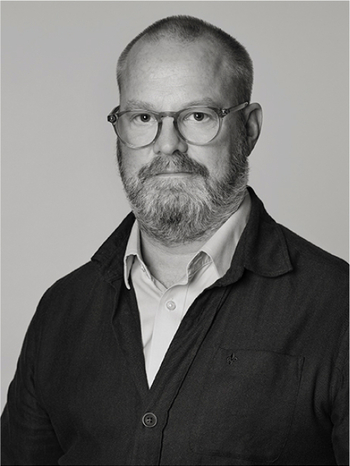Anders Zorn
Anders Zorn, "President William H. Taft"
Etching, 1911, signed in pencil. P. 24.8 x 19.8 cm.
Not examined out of the frame.
Literature
Asplund 239, Hjert & Hjert 156.
More information
This is one of three portraits Zorn executed of American presidents.
The other two are:
Grover Cleveland
Theodore Roosevelt
William Howard Taft, born September 15, 1857, in Cincinnati, Ohio, died March 8, 1930, in Washington D.C., was an American politician (Republican) and lawyer. Taft was the 27th President of the United States from 1909 to 1913 and Chief Justice of the United States Supreme Court from 1921 to 1930. Taft became a lawyer in 1880. From 1888 to 1890, he was a judge on the Ohio Supreme Court, and from 1896 to 1900, he was a law professor at the University of Cincinnati. The sitting president, William McKinley, appointed him in 1900 as the chairman of the commission that governed the newly acquired Philippine Islands, and Taft served as governor there from July 1901. For a time in the autumn of 1906, he also oversaw the administration of Cuba.
In 1909, Taft became the 27th President of the United States after his party brother Theodore Roosevelt declined re-election and endorsed Taft as the party's candidate. During Taft's presidency, two states were admitted to the Union in 1912, Arizona and New Mexico, and that same year, Taft also pushed through Congress a decision to fortify the Panama Canal Zone.
In the 1912 presidential election, Taft lost with 3,484,000 votes to the Democratic challenger Woodrow Wilson's 6,290,000 votes. His significant loss was primarily due to the split in Republican votes, as Theodore Roosevelt no longer supported Taft due to disagreements over tariff policy and ran for the presidency himself as the candidate of the newly formed Progressive Party.
After his term as president, Taft became a professor of law at Yale University from 1913 to 1921 and served as Chief Justice of the United States Supreme Court from 1921 until just a month before his death in 1930.
Taft administered the presidential oath of office to Calvin Coolidge in 1925 and Herbert Hoover in 1929. He passed away in 1930 and was buried at Arlington National Cemetery outside Washington D.C.
Taft married Helen Herron in 1886. He was the father of Robert Taft and the great-grandfather of Bob Taft, who served as governor of Ohio.
Artist
Anders Zorn, born in Mora in 1860, showed artistic talent from a young age. In 1875, he traveled to Stockholm and became a student at the then Slöjdskolan (now Tekniska högskolan) in Stockholm, and shortly after, he joined the Royal Academy of Fine Arts. Initially, Zorn had aspirations of becoming a sculptor, but soon watercolor painting took over, becoming his primary medium until 1887. At the student exhibition in 1880, Zorn had his breakthrough with the watercolor painting "I sorg." The following year, he gained international acclaim as a portrait painter. His watercolor painting reached its pinnacle during this period, and his most famous work from this time is "Vårt dagliga bröd” from 1886. Shortly thereafter, Zorn transitioned to oil painting, which was met with immediate success. Zorn's reputation mainly rested on his portrait art, and he portrayed many notable figures, including presidents. For instance, he created an etching of Theodore Roosevelt. His etchings significantly contributed to his success. In the late 1880s, Zorn began working in the genre that would increasingly become his trademark: nude figures in outdoor settings. He had long been fascinated by the movement of water and the reflections of light on its surface. Now, he added the complexity of placing a model near or in the water, aiming to depict a synthesis between nature and humanity. In 1896, Zorn and his wife moved back to Sweden and settled in Zorngården in Mora. This move sparked a renewed interest in his homeland, which would be reflected in his future paintings. Among the artist's scenes from the Mora region, portraying its local customs and ancient traditions, "Midsommardansen" holds the highest value according to Zorn himself. Today, the painting can be found at the National Museum.
Read more






































